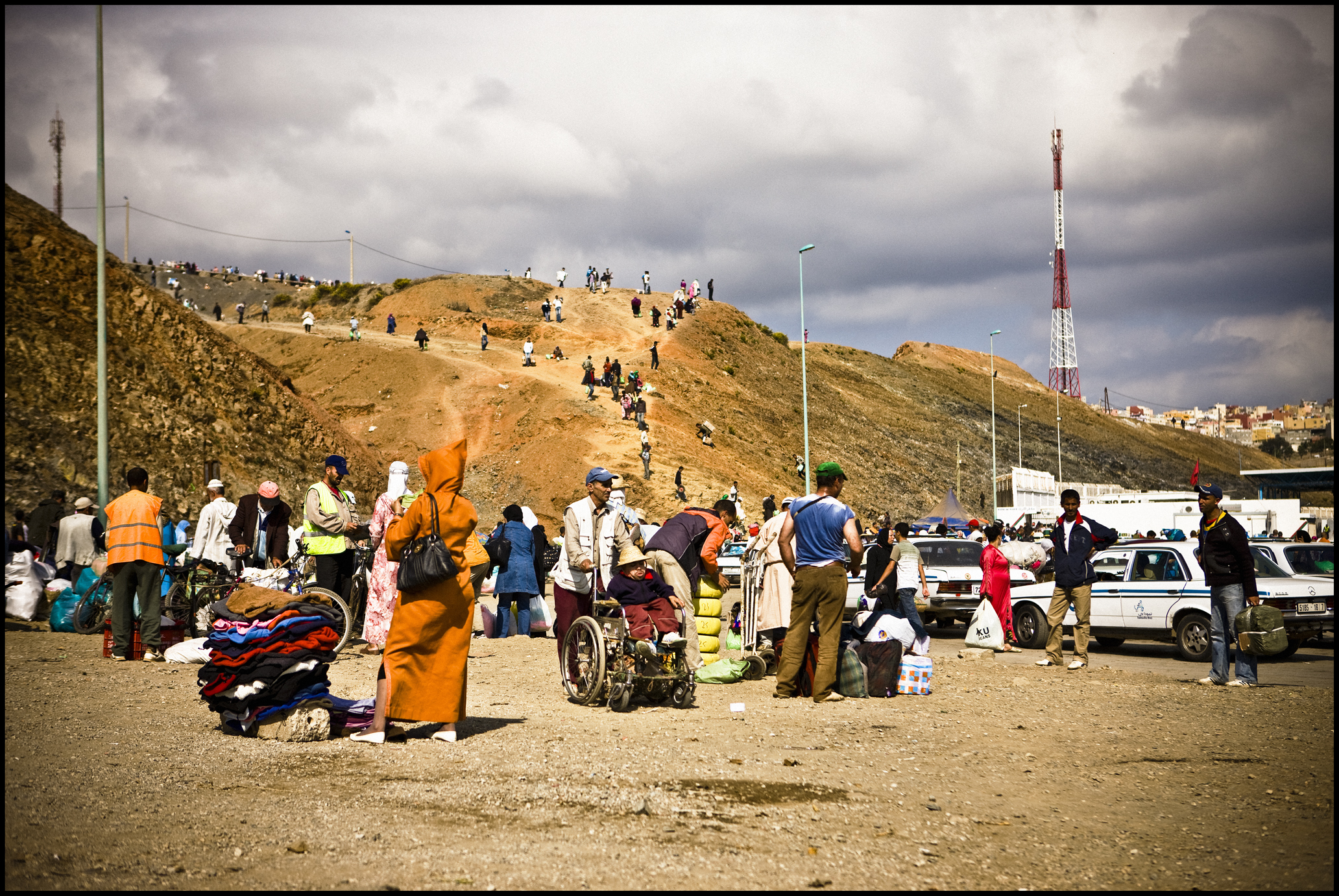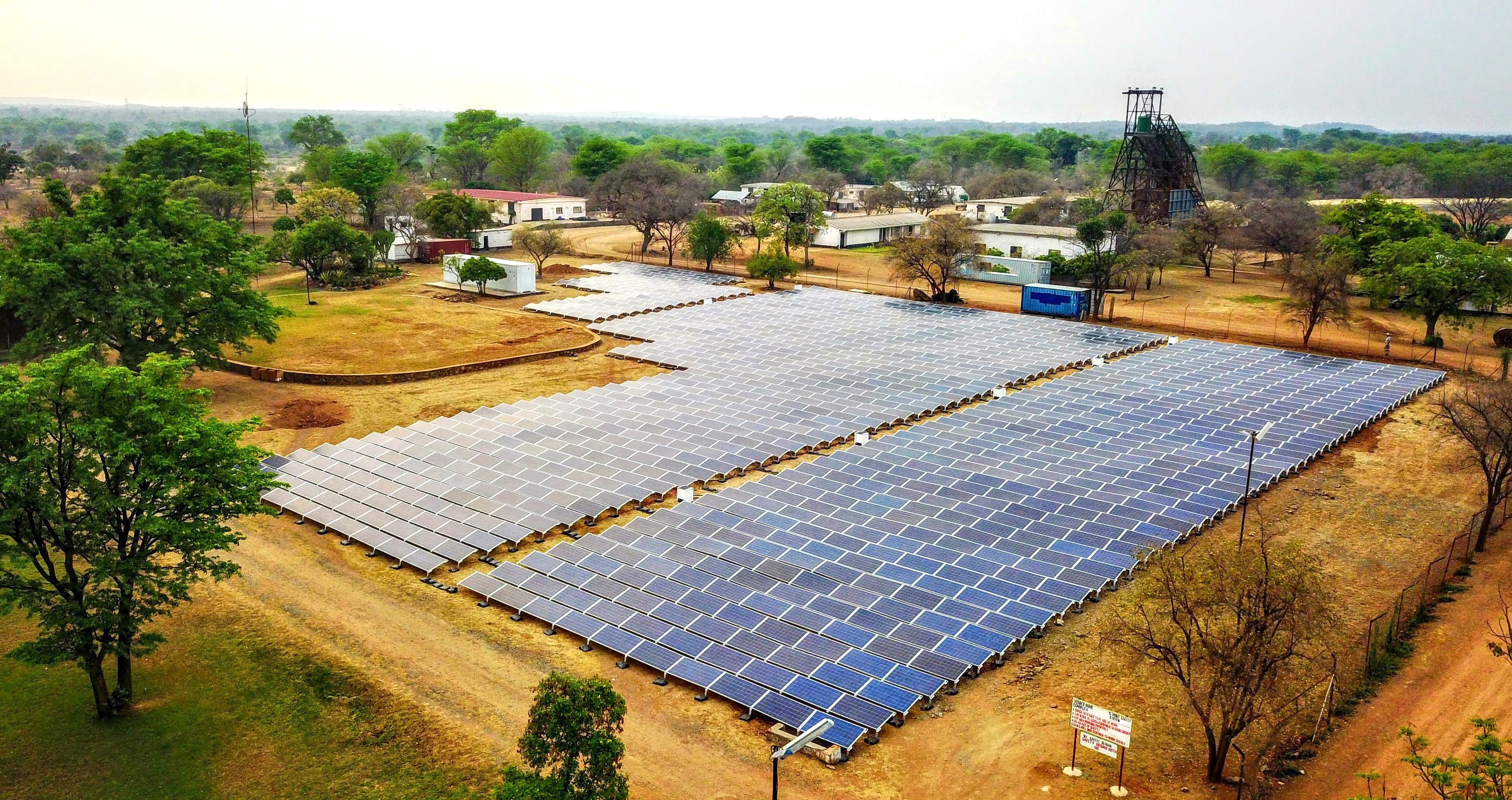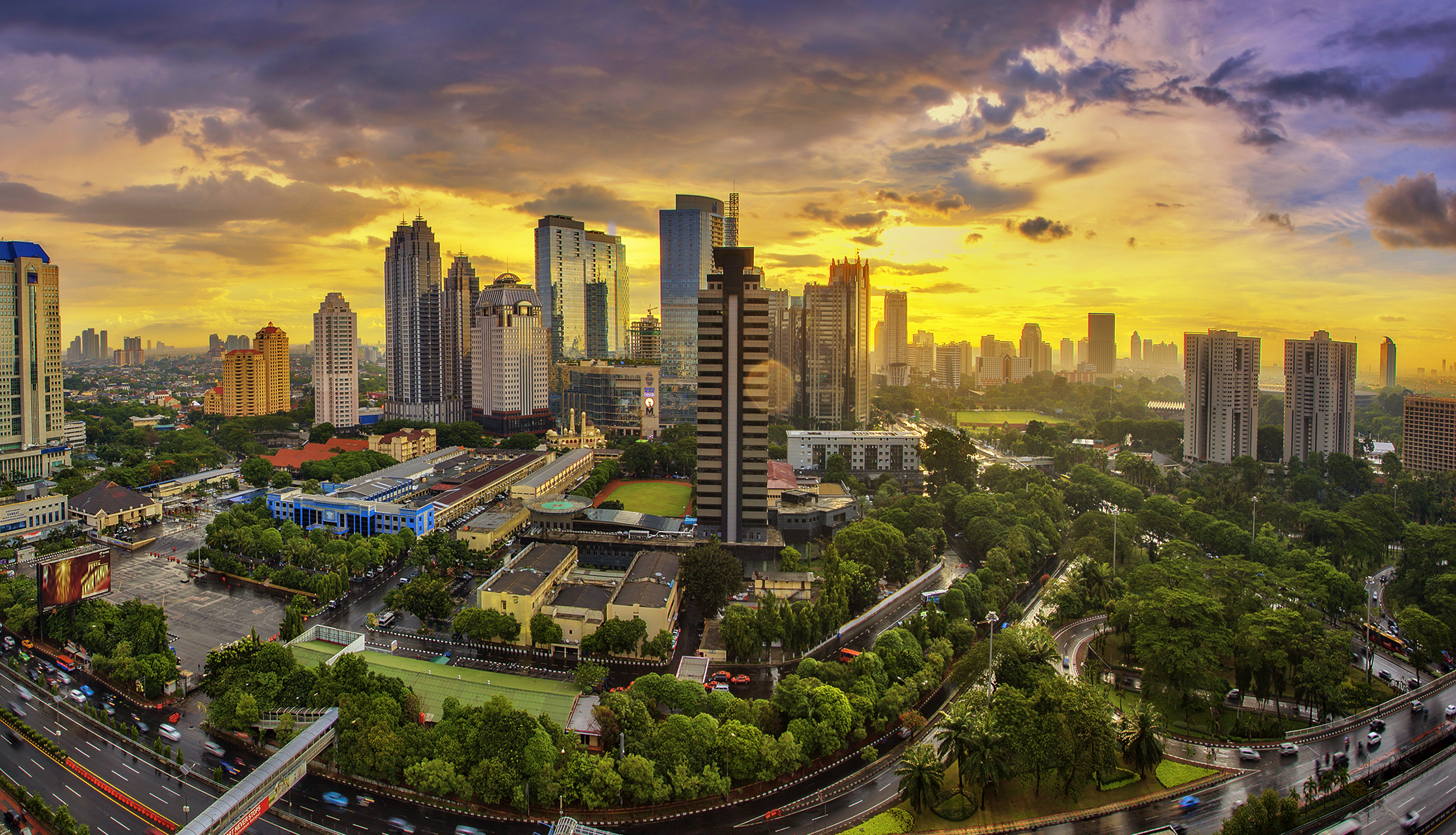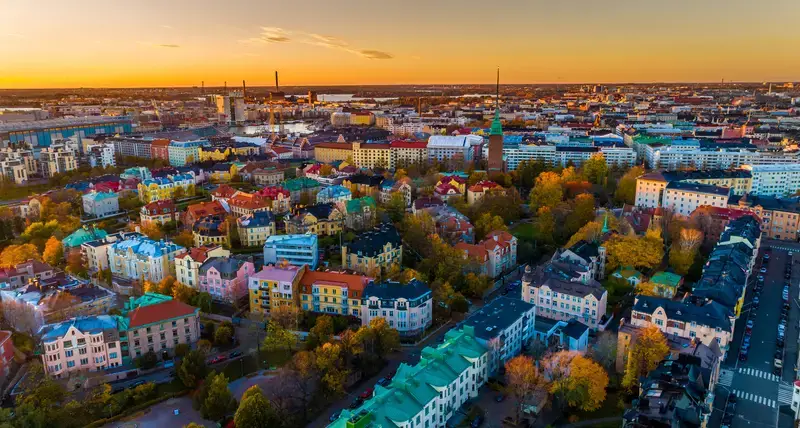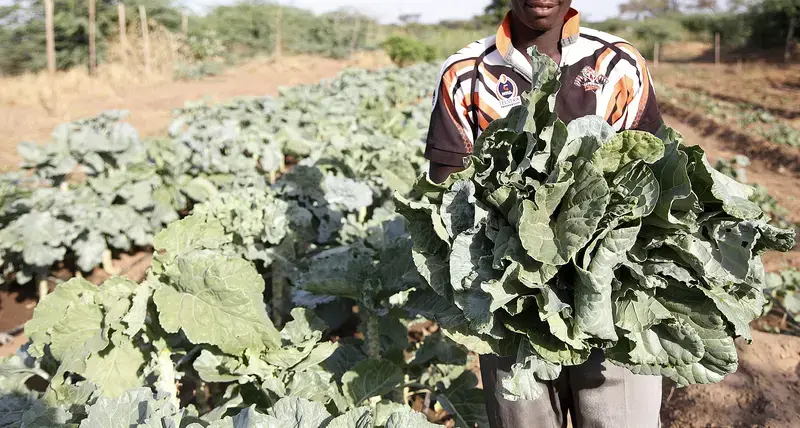Overview
Urban-Rural Linkages touch on a broad variety of thematic areas ranging from urban and territorial planning, strengthening small and intermediate towns, from enabling spatial flows of people, products, services and information to fostering food security systems as well as touching mobility and migration, reducing the environmental impact in urban-rural convergences, developing legislation and governance structures and promoting inclusive financial investments among others. Fostering Partnerships – between urban and rural actors and areas at the local level are crucial for a transformative agenda. But also global partnerships for an integrated territorial development are crucial for transforming towards sustainable and resilient societies. Through shared principles these levels of transformation can be better aligned..
What are urban-rural linkages about?
Urban-Rural Linkages touch on a broad variety of thematic areas ranging from urban and territorial planning, strengthening small and intermediate towns, from enabling spatial flows of people, products, services and information to fostering food security systems as well as touching mobility and migration, reducing the environmental impact in urban-rural convergences, developing legislation and governance structures and promoting inclusive financial investments among others. Fostering Partnerships – between urban and rural actors and areas at the local level are crucial for a transformative agenda. But also global partnerships for an integrated territorial development are crucial for transforming towards sustainable and resilient societies. Through shared principles these levels of transformation can be better aligned.
Why is it important to link urban and rural areas?
While the world, and especially Africa, is rapidly urbanizing, the development gap between rural and urban areas tends to increase. Urbanization has been widely acknowledged for its transformative power, but even though urban and rural areas depend on each other, rural areas often lag behind and worldwide, 85 per cent of the poor still live in rural areas. In both the 2030 Agenda for Sustainable Development (SDGs)1 and the New Urban Agenda (NUA)2, United Nations Member States agreed to policies that support integrated urban and territorial planning and development. They called for new, inclusive approaches and enhanced synergies between urban and rural communities and spaces – an essential component of the vision of Agenda 2030 to “leave no one behind”.
Urban-Rural Linkages: Guiding Principles and Framework for Action
UN-Habitat initiated and convened the process to develop “Urban-Rural Linkages: Guiding Principles and framework for Action” with over 130 actors ranging from experts working in the field of urban, rural, and territorial development, representatives of national and sub-national governments, development partners, think tanks, academia, and intergovernmental organizations. The Urban-Rural Linkages: Guiding Principles and framework of actions are based on the premise that urban and rural areas should not be treated as separate entities when development plans, policies and strategies are made. Rather, the aim is to harness the potential that their combined synergy generates, so that everyone benefits from the circular flow along the urban-rural continuum.
The goal of these Guiding Principles is to inform pragmatic strategies and propose a Framework for Action to build an enabling environment for more inclusive and functional urban-rural linkages. The principles are flexible and can be applied by all levels of stakeholders at all scales. While the principles are designed for universal application, there are distinct roles and actions appropriate for national or local governments, civil society, the private sector and international organizations.
Please find below the Urban-Rural Linkages: Guiding Principles to Advance Integrated Territorial Development publication in English, French, Spanish, Arabic, Chinese and Portuguese that was launched in May 2019 during the UN-Habitat Assembly.
UN-Habitat’s work on Urban-Rural Linkages involves these pillars: Tools of development, Capacity development and sharing best practices, Technical/advisory services, Advocacy and partnership building and Normative work.

Conference
First International Forum on Urban-Rural Linkages (IFURL 2019)
First International Forum on Urban-Rural Linkages (IFURL 2019)
The First International Forum on Urban-Rural Linkages took place in Songyang County, Lishui City, Zhejiang Province, China, between 10 to 14 November 2019.
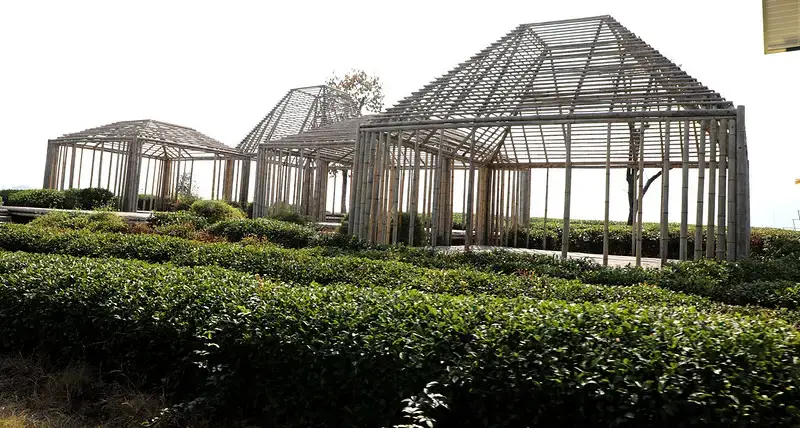
Webinars
URL Webinar series
URL Webinar series
In light of COVID-19 pandemic, the UN-Habitat Urban-Rural Linkages project aims to exchange information and learn from the efforts of different actors to overcome this crisis and enhance post-crisis recovery actions by bringing a focus to urban-rural linkages and integrated territorial approaches.

INITIATIVE
URL Initiative
URL Initiative
UN-Habitat has crafted a comprehensive strategy to accompany SDGs and local stakeholders in the chain of the SDGs:
The UN-Habitat Strategic Plan 2020-2023 includes four domains of change that guide all activities of the organization: 1) Reduced spatial
inequality and poverty in communities across the urban-rural continuum; 2) Enhanced shared prosperity of cities and regions; 3) Strengthened climate action and improved urban environment; and 4) Effective urban crisis prevention and response.
Thematic Focus
Donors and partners
The success of the Urban-Rural Linkages has been its investment in and commitment to multi-stakeholder collaboration and partnership development. UN-Habitat has been able to reach out to a diverse group of stakeholders at global, regional and country levels including local communities to undertake projects and events. UN-Habitat connects with national and local level implementing partners from a diverse background and also has a track record of engaging traditional leaders.
